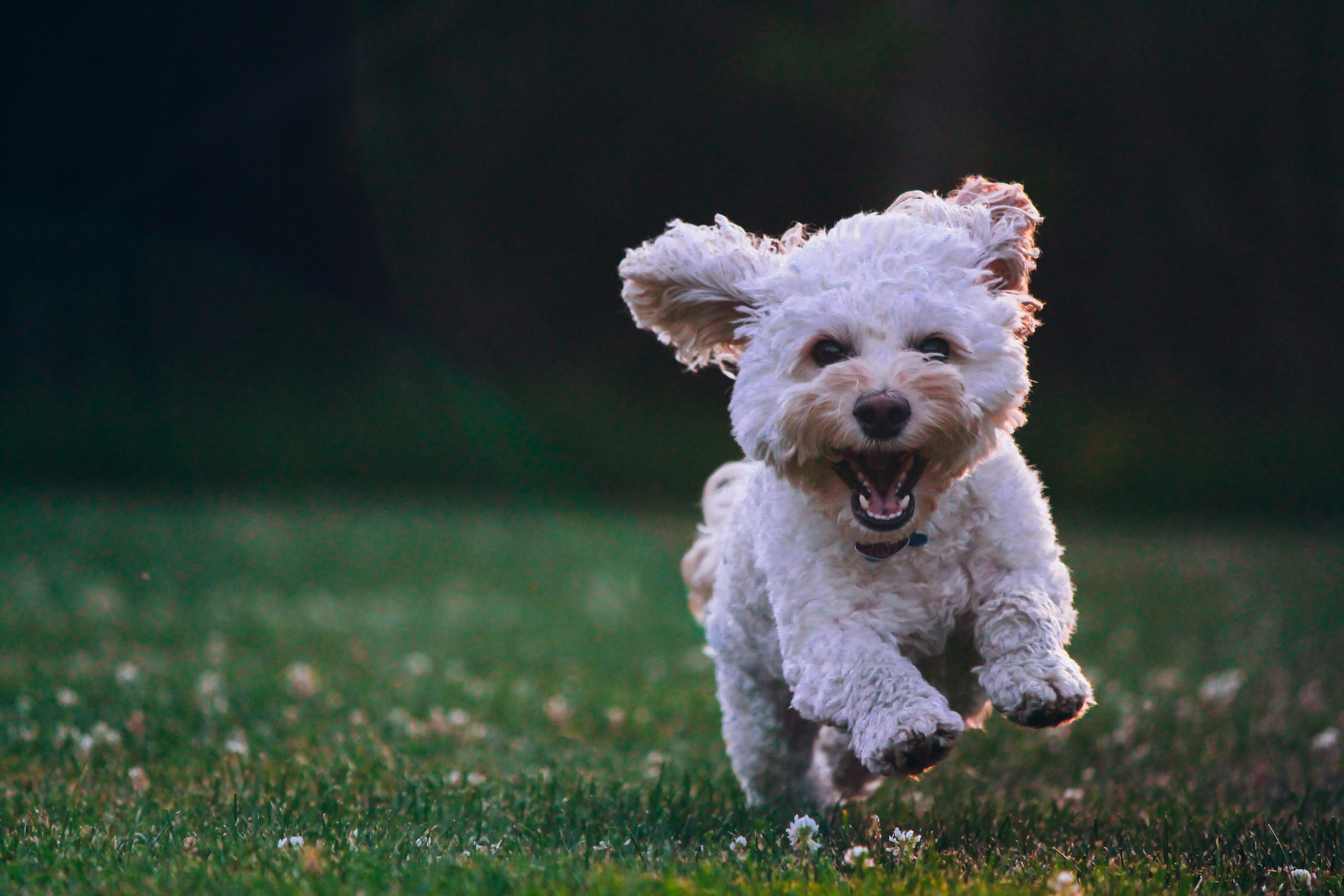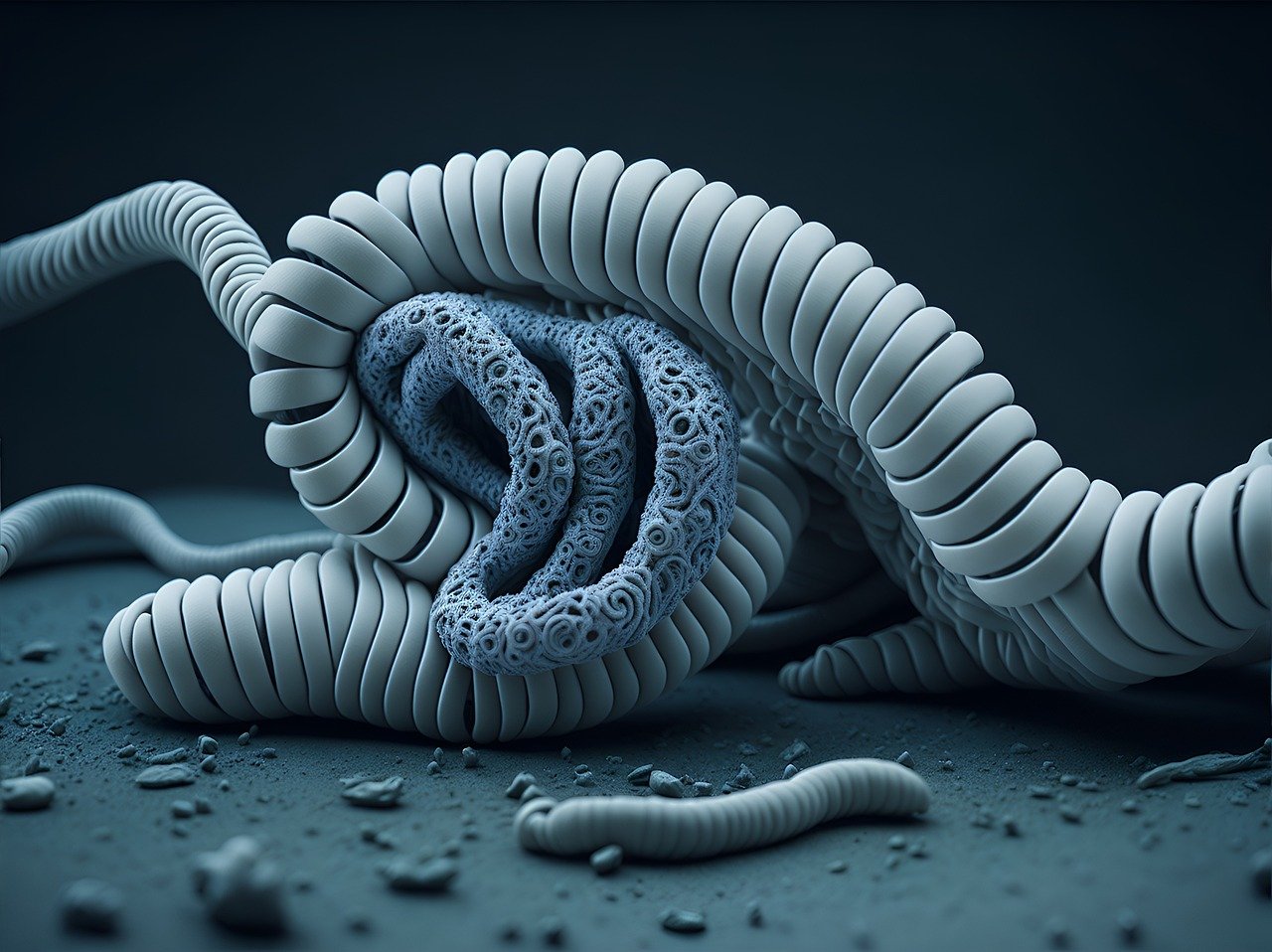Afghan Hound

| OFFICIAL NAME | Afghan Hound |
| COMMON NAME | Afghan Hound |
| PET HEIGHT | 25 to 27 inches |
| PET WEIGHT | 50 to 60 pounds |
| LIFESPAN | 12 to 15 years |
| GOOD WITH | families, seniors |
| TEMPERAMENT | aloof, gentle, playful, willful |
| INTELLIGENCE | high |
| SHEDDING AMOUNT | infrequent |
| EXERCISE NEEDS | medium |
| ENERGY LEVEL | calm |
| VOCAL LEVEL | infrequent |
| DROOL AMOUNT | low |
| BREED GROUP | hound |
| BREED SIZE | medium (26-60 lbs.) |
| COAT LENGTH | long |
| COLORS |
black, blue, brown/chocolate/liver, cream, fawn, gold/yellow, gray, red, white |
| PATTERNS | bicolor, black and tan, blue and tan, brindle |
| OTHER TRAITS |
apartment-friendly, cold weather tolerant, high prey drive, hypoallergenic, requires lots of grooming, tolerates being alone |
The Afghan hound performs exceptionally well in dog competitions, exhibiting its kind disposition and adeptness at receiving care and grooming.
The Afghan hound is well-known for its gorgeous coat. This lovely fur is usually long and silky and comes in various colors. The good news for allergy sufferers is that Afghan hounds shed so tiny that they are considered hypoallergenic, even though maintaining it requires frequent grooming.
Afghan Hound Appearance
The Afghan hound is a stunning breed. Its long face, flowing silky coat, and thoughtful gaze make it understandable why it has been associated with elegance and status for millennia. The poetic description provided by the breed standard reads, "He stands tall with a straight front, head held high, and eyes peering into the distance as if recalling ancient times."
Afghan hounds are large dogs, usually standing 25–27 inches tall at the shoulder but still relatively lean. At fifty to sixty pounds, they fall into the medium-large weight range. Their long faces have prominent noses that give them a profile reminiscent of the Romans. They have a slender tail that curls upward, long ears, and dark almond-shaped eyes.
Of course, their coat is the most remarkable feature about them. It's long, smooth, and flowing, like the hairstyle of a pop star from the 1970s. Their hair is noticeably longer in the "top knot" atop their heads and shorter on their back and faces (saddle). Afghan hounds come in various colors, but solid coats are the most popular. White markings, especially on the head, are frowned upon by breed enthusiasts.
These characteristics have practical functions and are not merely cosmetic. They evolved as expert hunters in the high mountains, where the opulent coat kept them warm. Their flexible hips allow them to turn quickly in confined spaces, and their large paw pads protect them on rocky terrain.
Afghan Hound Personality
The temperament of the Afghan hound is unique; they are reserved and display an air of aristocracy, but those familiar with them also recognize their playful side. They are not inherently extroverted or affectionate toward strangers; instead, they are dignified and cautious. They can have close relationships with their family. Still, they also maintain their independence and don't need continual care, which could become too much for them.
Afghan hounds were primarily bred for hunting, and because of their strong independence, they can be challenging to manage. Additionally, because of this characteristic, they might not mix well with families looking for a very loving dog.
Afghan hounds can make excellent companions in the correct situations despite these traits. They are clever, devoted, and pick things up fast, but they need encouragement because they are self-sufficient. They have a low threshold for discomfort, so anything insignificant to other dogs could cause them great distress, so it's crucial to handle them gently.
Afghan Hound Living Needs
Afghan hounds are sight hounds, so they require frequent opportunities to run and extend their legs. Since they can jump a lot, any off-leash area needs to be fenced in securely to keep them from going free. Their strong inclination to chase prey makes it dangerous for them to walk or hike without a leash.
Afghan hounds can adjust well to apartment living even though they require much exercise if they receive enough of it. They are calm dogs that don't bark or shed much and keep their interiors clean. Though small, fast-moving animals may trigger their prey drive, they can get along with cats and other pets if they receive the proper training and socialization from an early age.
Afghan hounds make lovely childhood companions when adequately raised. Although they can be left alone for acceptable lengths of time, they benefit significantly from routine mental and physical stimulation to maintain their happiness and contentment, just like other dogs.
Afghan Hound Care
The Afghan Hound Club of America (AHCA) states that maintaining an Afghan hound's coat in excellent condition is essential, but it becomes more straightforward with experience. Brushing your Afghan regularly prevents mats, tangles, and debris build up. Once your Afghan reaches adulthood, try to brush her daily or dedicate several hours each week. Maintaining consistency is essential because it gets harder to manage mats the longer you go between brushings.
Bathing regularly—usually once a week—is also crucial. After shampooing, some Afghan hound owners choose to condition the coat. Although no dog is entirely hypoallergenic, their low shedding makes them frequently regarded as hypoallergenic, which can help people with allergies.
Afghan Hound Health
Afghan hounds live an average of 12 to 15 years, which is a long time for a dog of their size. They are usually healthy dogs. However, according to the Afghan Hound Club of America (AHCA), owners should be aware of a few health issues.
Afghan hounds are prone to bloat, where the gas builds up in the stomach and can stop blood flow to essential organs, just like many large, deep-chested breeds. Early diagnosis and treatment are vital to prevent the condition from getting worse and endangering life.
Also, Afghan hounds may be susceptible to elbow and hip dysplasia, disorders where the joints develop abnormally and cause problems with movement. Ensure the breeder of your Afghan hound has checked the puppy's parents for these and other conditions the Canine Health Information Center recommends. This supports your pet's health and well-being for their life.
Afghan Hound Exercise Requirements
Afghan Hounds were initially bred for long hunts, which accounts for their high energy and endurance. Even though they might not be hunting as much as they once did, they still require much exercise to be healthy and happy.
Make time for your Afghan dog's exercise every day—at least one hour. You can split this up into several sessions during the day. Still, the entire duration ought to be about sixty minutes. You can get them to jog, hike, or play fetch in a safe place, in addition to taking them on quick, vigorous walks lasting 15 to 20 minutes each. However, remember that Afghan Hounds are independent dogs and may not always want to fetch.
They gain from having a yard where they can let off steam on their own in addition to organized exercise. Their independent nature is satisfied, and their minds are kept active by having the freedom to roam and explore in their yards. In the long run, an exercise regimen and plenty of room to run around will make your Afghan Hound happier, more obedient, and a more contented companion.
Afghan Hound Training
Although it takes time and a firm attitude to train an Afghan Hound to obey, they are unquestionably intelligent and capable of learning new commands. Their years as hunters in the Afghan mountains, where making snap decisions was essential to success and survival, have left them with an innate independence. Training Afghan Hounds can be difficult because of their independence. They may choose only to comply if they are uninterested in the task.
Positive reinforcement is essential when training these hounds. It encourages them and adds interest to the training. To establish who's in charge, you must be consistent and assertive without going overboard.
Afghan Hounds have unique personalities, so it's best to train them under someone who has handled independent breeds before. It could seem daunting to begin training an Afghan Hound if you're new to dog training.
Despite the challenges, you can develop an engaging and intelligent training environment to enhance their intelligence and openness to learning. If you take the appropriate approach, you can successfully teach them a variety of commands.
Afghan Hound History
Initially bred for hunting, the Afghan hound originated in Afghanistan. According to DNA testing, its history goes back thousands of years, making it one of the oldest dog breeds. There was even a legend that claimed to have two Afghan hounds on Noah's Ark.
In the past, Afghan hounds were prized dramatically by aristocrats and royalty in the Central Asian Mountains. Their plush long coats shielded them from the cold, and their big paw pads made walking on uneven ground easy. They demonstrated their speed as sight hounds by using their acute vision to track down gazelles and leopards.
Afghan hounds were brought to Europe in the late 1800s by British officers who had just returned from Afghanistan. A famous officer, Captain Banff, returned with a dog he named Zardin, which he displayed at the Crystal Palace in 1907, arousing the general public's interest. Because of their striking appearance and regal demeanor, the breed had become extremely popular among the British elite by the early 1900s. In 1926, the American Kennel Club officially recognized the Afghan hound.
Afghan Hound Fun Facts
Afghan hounds are sometimes referred to as "the scented hound" because some of them have unique scent glands in their cheeks that release a deliciously musky scent, like cinnamon or sandalwood. While not every Afghan hound possesses this exceptional quality, those who do are lucky.
Afghan hounds are known for their aromatic qualities but are also excellent sprinters with a top speed of 40 mph. In comparison, the fastest racehorse reached roughly 44 miles per hour. These dogs are frequently trained for lure coursing, following a mechanical lure that zigzags across a field.
Prominent personalities have always adored Afghan hounds. One of the first people to bring Afghan hounds to America was Zeppo Marx, of the Marx Brothers renown. Kabul and Kasbac, two Afghan hounds that Pablo Picasso owned, appeared frequently in his artwork. Afghan hounds were also among Salvador Dali's and Givenchy's fashion companions. Beauty, an Afghan hound, was a member of the entourage of the famous Barbie doll.
Get insurance plans with wide-ranging coverage options













